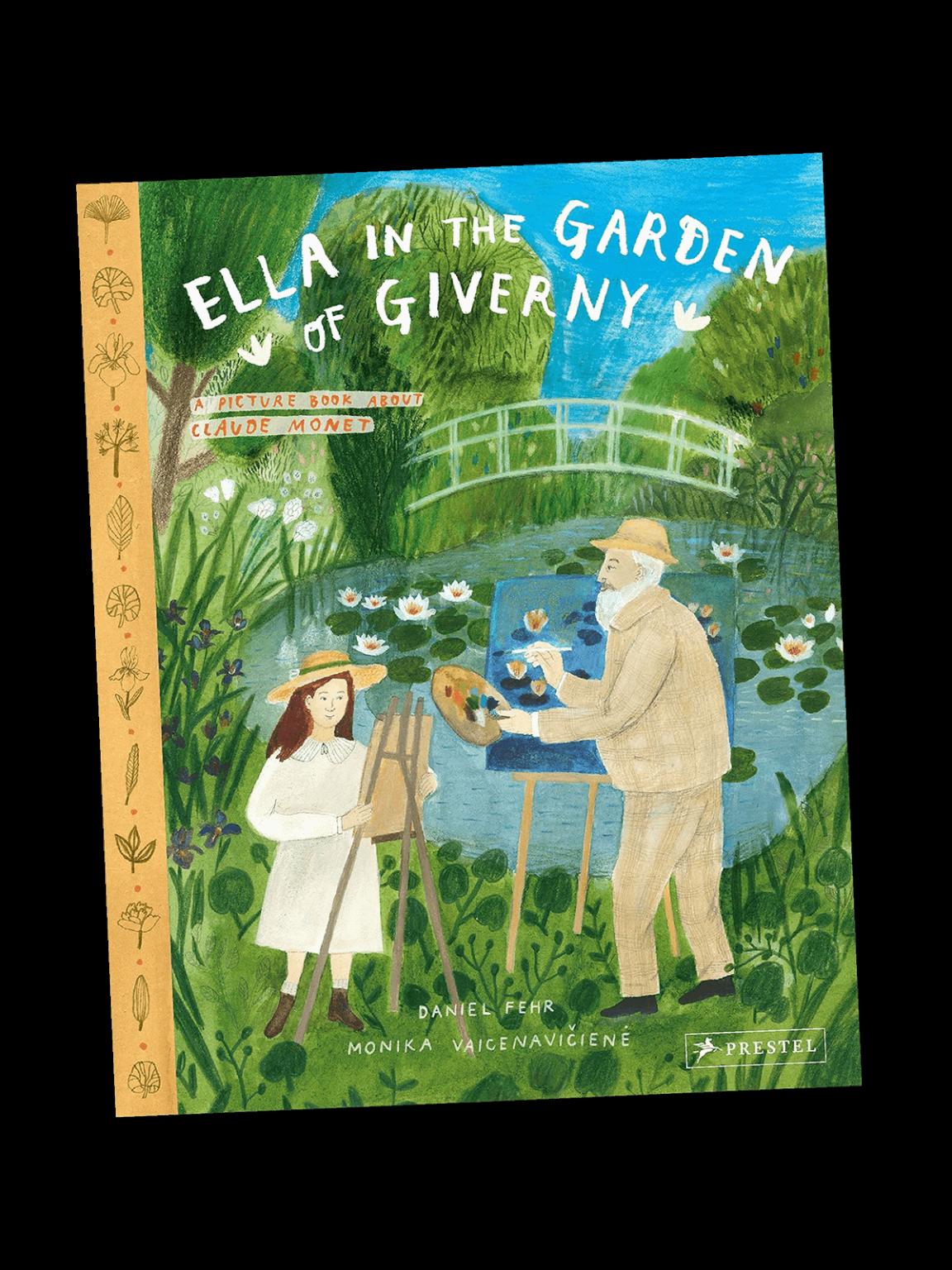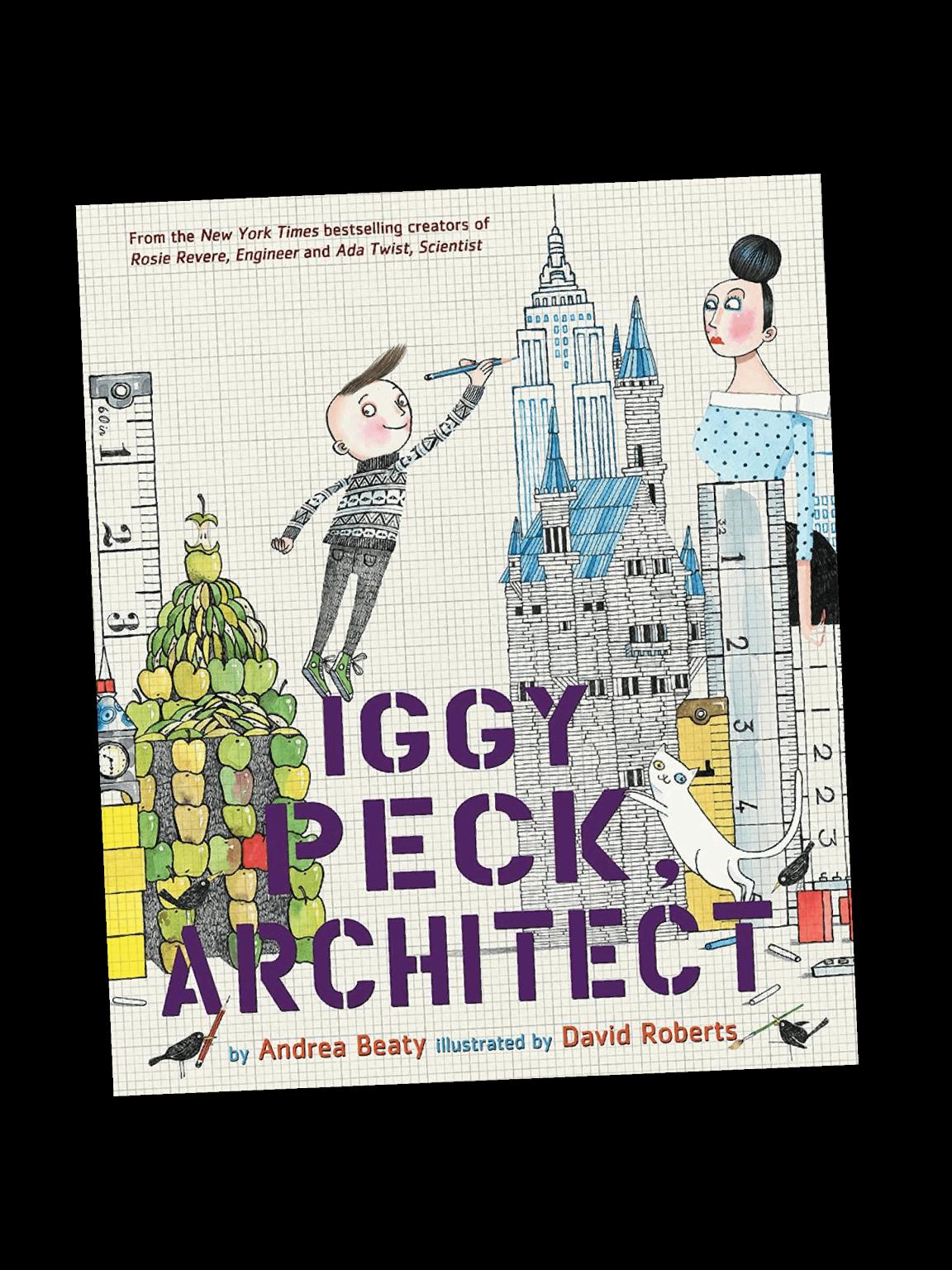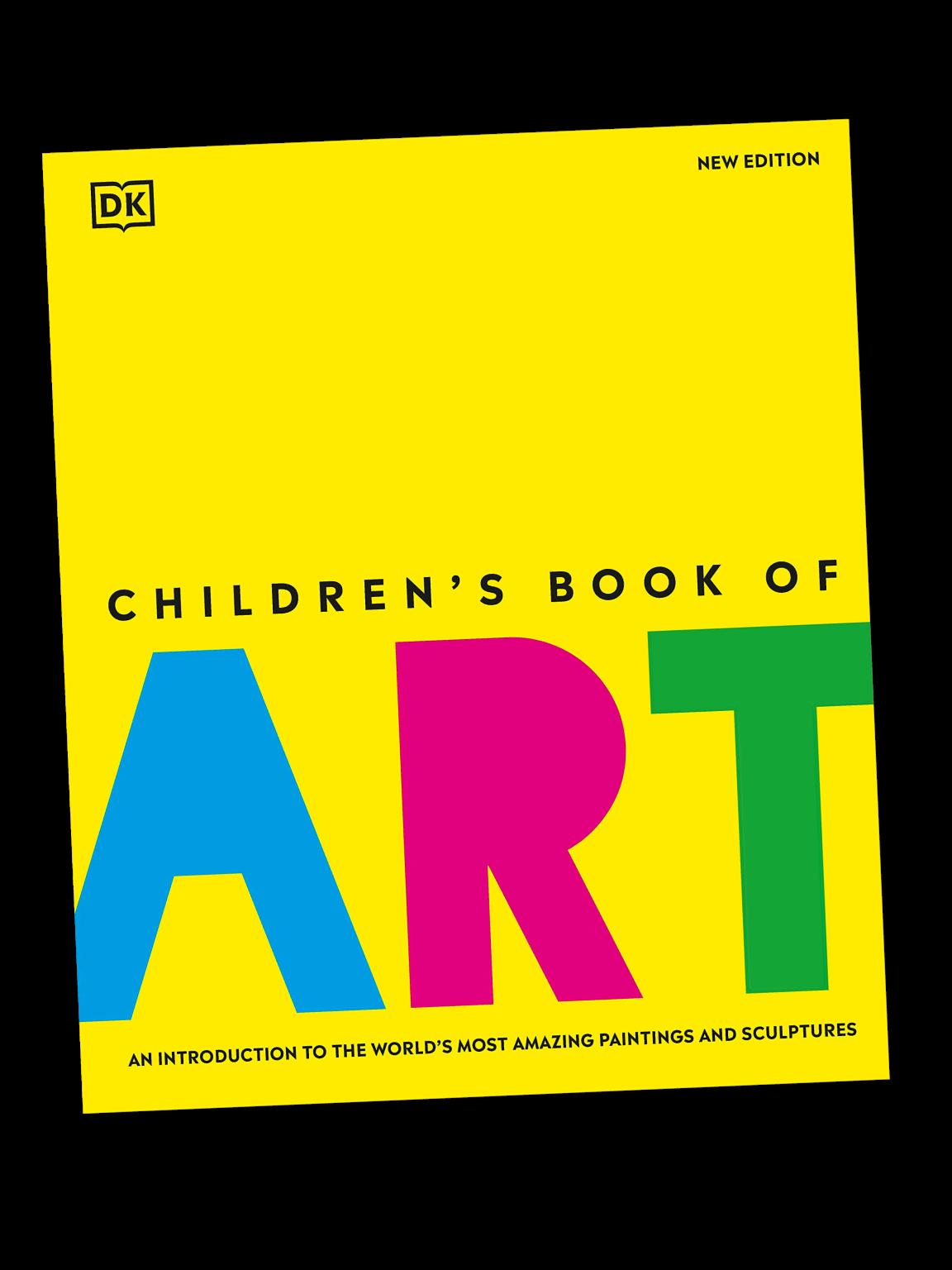Art and Design - Key Knowledge and Skills
Nursery
Skills and Knowledge
Early Years Autumn CL & PD
● Pays attention to more than one thing at a time
● Use a wider range of vocabulary
● Understand a question or instruction that has two parts
● Understand why questions
● Use talk to organise themselves
● Use large muscle movements to paint and make marks
● Use one handed tools and equipment
● Use a comfortable grip with good control when holding pens and pencils
● Show a preference for a dominant hand



Early Years Spring CL, PD & EAD
● Pays attention to more than one thing at a time
● Use a wider range of vocabulary
● Understand a question or instruction that has two parts
● Understand why questions
● Use talk to organise themselves
● Use large muscle movements to paint and make marks
● Use one handed tools and equipment
● Use a comfortable grip with good control when holding pens and pencils
● Show a preference for a dominant hand
● Explore different materials freely, to develop their ideas about how to use them and what to make
● Develop their own ideas and then decide which materials to use to express them
● Join different materials and explore different textures
● Create closed shapes with continuous lines, and begin to use these shapes to represent objects.
● Draw with increasing complexity and detail, such as representing a face with a circle and including details.
● Use drawing to represent ideas like movement or loud noises.
● Show different emotions in their drawings and paintings, like happiness, sadness, fear etc
●
● Explore colour and colour mixing
Early Years Summer EAD
● Explore different materials freely, to develop their ideas about how to use them and what to make.
● Develop their own ideas and then decide which materials to use to express them
● Join different materials and explore different textures
● Create closed shapes with continuous lines, and begin to use these shapes to represent objects.
● Draw with increasing complexity and detail, such as representing a face with a circle and including details
● Use drawing to represent ideas like movement or loud noises.
● Show different emotions in their drawings and paintings, like happiness, sadness, fear etc
● Explore colour and colour mixing


and
● Use longer sentences of four or six words
● Pays attention to more than one thing at a time
● Use a wider range of vocabulary
● Understand why questions
● Use one handed tool and equipment
● Use a comfortable grip with good control when holding pens and pencils
● Show a preference for a dominant hand
● Explore colour and colour mixing
● Show different emotions in their drawings and paintings
● Draw with increasing complexity and detail
● Use new vocabulary through the day
● Ask questions to find out more
● Articulate their ideas and thoughts in well formed sentences
● Use talk to work out problems and organise thinking and activities
● Develop their small motor skills so they can use a range of tools competently, safely and confidently
● Explore, use and refine a variety of artistic effects to express their ideas and feelings.

● Participate in small group, class and one-to-one discussions, offering their own ideas, using recently introduced vocabulary
● Offer explanations for why things might happen.
● Use a range of small tools, including scissors, paintbrushes
● Begin to show accuracy and care when drawing
● Safely use and explore a variety of materials, tools and techniques, experimenting with colour, design, texture, form and function.
Cross Curricular if any Communication and Language, Physical Development Communication and Language, Physical Development Expressive Arts and Design Reception Skills knowledge● Use drawing to represent ideas like movement or loud noises.


● Return to and build on their previous learning, refining ideas and developing their ability to represent them

● Create collaboratively, sharing ideas, resources and skills.


● Share their creations, explaining the process they have used

To use a range of materials creatively to design and make products
To use drawing, painting and sculpture
To develop and share their ideas, experiences and imagination to develop a wide range of art and design techniques in using colour, pattern, texture, line, shape, form and space
Know about the work of a range of artists, craft makers and designers, describing the differences and similarities between different practices and disciplines, and making links to their own work.


Key Knowledge:

● To know that drawing is a physical and emotional activity

Key Knowledge:


Key Knowledge:
● To know that when we make art in 3 dimensions it is often called Sculpture

● To know that watercolour paint has special characteristics.
● To know that we can generate ideas through playful exploration
● To know that we can build understanding of the properties of materials through manipulation.
● To know that we can reflect upon our intention when we see our ideas made physical.
3 dimension A solid shape
Cross Curricular if any Communication and Language, Physical Development, Expressive Arts and Design Communication and Language, Physical Development, Expressive Arts and Design Communication and Language, Physical Development, Expressive Arts and Design National Curriculum KS1 Autumn Area of Focus Autumn Pathway Spring Area of Focus Spring Pathway Summer Area of Experience Summer Technique Year 1 Drawing and Sketchbooks Spirals Surface and Colour Exploring Watercolour Working in Three-Dimension Playful Making Suggested Artists Molly Haslund Paul Klee, Emma Burleigh Christo & Jeanne-Claude, Faith Bebbington, Caitlind r c Brown & Wayne Garrett Key knowledge and skills● To know that we can control the lines we make by being aware of how we hold a drawing tool, how much pressure we apply, and how fast or slow we move

Line A long narrow mark
Physical Relating to the body
Emotional Relating to the mind
Pressure A continuous physical force
Apply Put on or spread
Observation The act of looking closely at something
Imagination Forming new ideas from something that you can’t always see
The Skills:
● Moves their whole body when drawing
● Holds a drawing tool correctly
● Draws from observation or imagination.
● Use colour to help our drawings engage others
● To know that we can use the elements of surprise and accident to help us create art.
● To know that we can develop our painting by reflecting upon what we see.
Watercolour Paint made by mixing with water
Characteristic s Typical of a particular person or thing
Reflect Think deeply about something
Imagery A visual symbol
The Skills:
● Adds new lines and shapes to help develop imagery.
Sculpture Art using three dimensions
Exploration The act of exploring
Manipulation Moving something in a particular way to create a desired shape or outcome.
The Skills:
● Manipulates materials
● Uses materials, ideas, hands and tools to make sculpture.

Key concepts

Key Knowledge:

● To know that artists explore the world, seeing things around them in new ways, and bring things back to their studios to help them make art.

Key Knowledge:


Suggested Artists Rosie James, Alice Fox Xgaoc’o X are, Leonardo Di Vinci Hundertwasser, Zaha Hadid, Heatherwick Studios
Key Knowledge:
● To know that architects design buildings and other structures which relate to our bodies and which enhance our environment.
● To know that architects take inspiration from the environment their building will exist in, and from the people they will serve, to design exciting structures
● To know that we can use drawing as a way to help us process and understand other people s work.
● To know that we can use digital tools such as drones and film to inspire us


● To know that when we make mono prints we c e an impression of a drawing
Architect A person who is qualified to design
Key concepts
● To know that we can use the things we find to draw from, using close observational looking.

Artist A person who creates drawings or paintings as a profession
Studio A room where an artist works
Observation The act of looking close y at something.
Invent Create or design something
Composition The way in which a whole is made up
The Skills:
● To go into our own environments, even when they are very familiar to us, and learn to see with fresh eyes and curiosity
● Uses close observational looking to draw
● To use and explore art materials, be inventive with how we use them, taking creative risks and enjoying accidents as well as planned successes.
● To be able to use the shape of the page, and the way we arrange elements on the page, to create compositions which we like
● To know that we can generate playful narratives and inventions through drawing.
● To know that we can create creative responses to different stimuli and make the work our own.
Mono print A single print taken from a design created in oil paint or printing ink
Impression A single printed image
Narrative An account of story events
Stimuli Something that provokes a reaction
Mark making
The Skills:
Different lines, dots, marks and patterns that we make in art.
buildings
Structure A building or other object constructed from several parts
Inspiration Being mentally stimulated to do something.
Model A 3D representation of a person or thing
The Skills:
● To make architectural models to explore how we might design buildings relating to a particular need or stimulus
● “Design through making” as a way to connect our imagination, hands and materials
Key Knowledge:
● To know that when we draw we can move around

● To know how to use marks, various materials and light to create drama.

● Use mark making to make one off mono prints
● To use a range of marks to generate different effects when creating mono prints
Key Knowledge:
● To know that we can be inspired by key artworks and make our own work in creative response.
● To know that shapes have both a positive and negative element
pencil, charcoal, paint,
Cross Curricular if any National Curriculum KS2Drama Written work that tells a story through action or speech
Gestural Marks The application of paint that is applied through free flowing strokes.
Expressive marks Marks the describe the mood of the artwork
Dramatic Showing something in a way that makes the artwork look a certain way
Capture Record accurately in words or pictures
The Skills:
● Uses Gestural marks to make creations
● Uses expressive marks to create a sense of drama.
● Uses light to make out subject matter more dramatic and we can use the qualities of the material to capture the drama.

Response A reaction to something
Element A part of something abstract
Simplify Make something easier
Arrange Put in a neat order
Imagery Visual images put together.
Collage A piece of art made by sticking various pieces of material onto a backing.
The Skills:
● To use shape and colour as a way to simplify elements of the world.
● To arrange shapes to create exciting compositions
● To layer shapes to build up imagery.
● To use collage to inspire prints


Key Knowledge:

● To know that artists can make animations by creating drawings which move in a sequence

Animation The technique of photographing drawings to create an illusion of moving.
Illusion Something that appears to be happening but in reality isn t
Sequence A particular order in which related things follow
Narrative A spoken or written account of an event
The Skills:
● To use mark making skills and imagination to make drawings visually engaging.
● To use moving drawings to share narratives

 Cross Curricular if any History – Stone age
Year 4 Drawing and Sketchbooks Storytelling Through Drawing Surface and Colour Exploring Still Life Working in Three-Dimension
Festival Feasts
Suggested Artists
Laura Carlin, Shaun Tan
Paul Cezanne, Peter Claesz, Melchior d’ Hondecoeter, Jan, Davidsz, Jacob Vosmaer, Hilary Pecis, Nicole Dyer, Baas Meeuws, Hirasho Sato, Monet
Claes Oldenberg, Lucia Hierro, Nicole Dyer
Cross Curricular if any History – Stone age
Year 4 Drawing and Sketchbooks Storytelling Through Drawing Surface and Colour Exploring Still Life Working in Three-Dimension
Festival Feasts
Suggested Artists
Laura Carlin, Shaun Tan
Paul Cezanne, Peter Claesz, Melchior d’ Hondecoeter, Jan, Davidsz, Jacob Vosmaer, Hilary Pecis, Nicole Dyer, Baas Meeuws, Hirasho Sato, Monet
Claes Oldenberg, Lucia Hierro, Nicole Dyer








